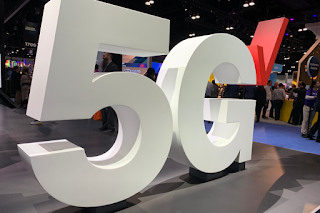The National Telecommunications and Information Administration (NTIA) has given the green light to Massachusetts, New Mexico, and Virginia’s Initial Proposals for the Broadband Equity, Access, and Deployment (BEAD) program. This approval marks a significant milestone in the Biden-Harris Administration’s “Internet for All” initiative, enabling these states to access funding and begin their efforts to bridge the digital divide. The BEAD program, a $42.45 billion state grant initiative under President Biden’s Bipartisan Infrastructure Law, aims to provide all Americans with affordable, reliable, high-speed Internet. Massachusetts has been allocated over $147 million, New Mexico over $675 million, and Virginia over $1.4 billion to enhance their Internet infrastructure.

Commerce Secretary Gina Raimondo praised the states for their commitment to ensuring high-speed Internet access for all residents, highlighting the critical role this connectivity plays in education, job training, and economic development. Assistant Secretary of Commerce for Communications and Information Alan Davidson echoed these sentiments, commending the states for their robust proposals. The funds will not only be used for deployment but also for Internet adoption, training, and workforce development once the primary goals are met. States are required to submit a Final Proposal one year after the Initial Proposal approval, detailing their subgrantee selection process and plans for universal coverage.
- Massachusetts allocated over $147 million
- New Mexico allocated over $675 million
- Virginia allocated over $1.4 billion
- BEAD program is part of the $42.45 billion Bipartisan Infrastructure Law
- Funds to be used for high-speed Internet deployment, adoption, training, and workforce development
- States must submit Final Proposal detailing subgrantee selection and universal coverage plans one year after Initial Proposal approval















